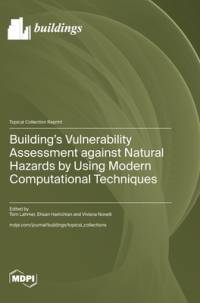Om Building's Vulnerability Assessment against Natural Hazards by Using Modern Computational Techniques
Recent global events have underscored the critical need for advancing research on buildings and fortifying their resilience against the escalating threat of natural hazards. One paramount task in this pursuit is the rapid and precise assessment of existing buildings' vulnerability to natural hazard activities-a crucial endeavor that demands simplicity, efficiency, and cost-effectiveness. The dispersion of big data and the complexity of conducting a detailed construction analysis can hinder the expeditious identification of vulnerable structures, especially in the face of a large-scale mitigation campaign. This Special Issue focuses on the development and application of modern computational techniques in the assessment of a building's vulnerability to natural hazards. This collection explores innovative methods, such as artificial neural networks and fuzzy logicmachine learning, which have demonstrated unparalleled efficiency in dealing with big data and capturing non-linear relationships among various parameters affecting a building's resilience against earthquakes, floods, and other natural disasters. The articles within this Special Issue delved into the practical implementation of these soft computational techniques, offering insights into their reliability and applicability. By bridging the gap between traditional construction analysis and the urgency of identifying vulnerable buildings, this Special Issue aims to pave the way for a fast and reliable methodology that aligns with the demands of our dynamic urban landscapes.
Visa mer

